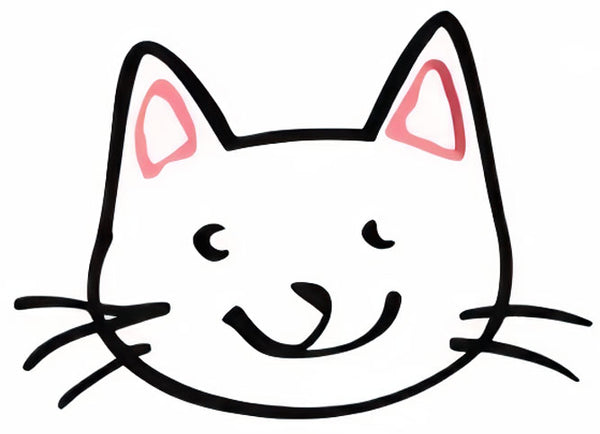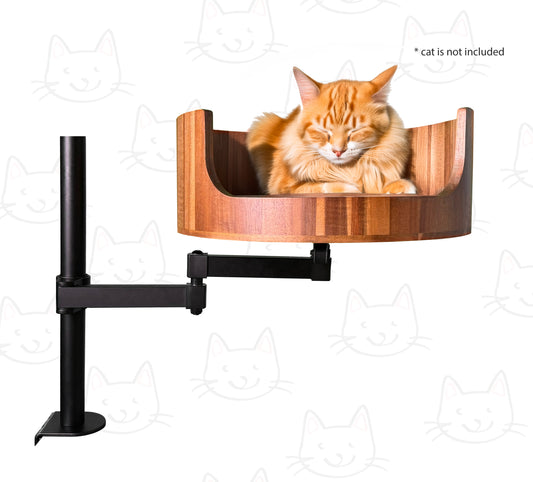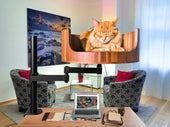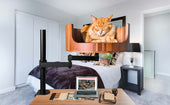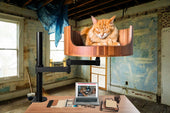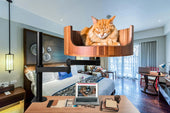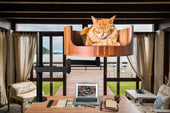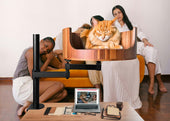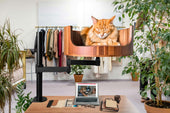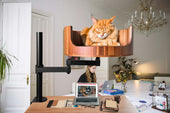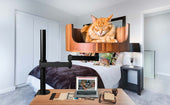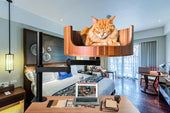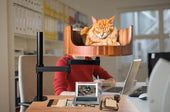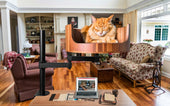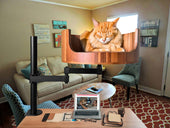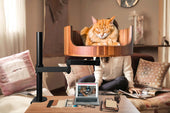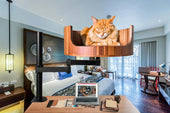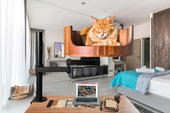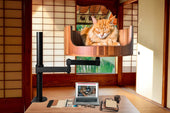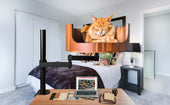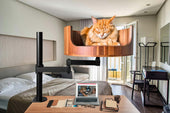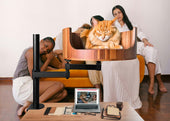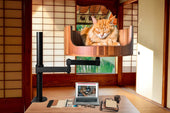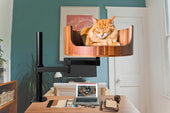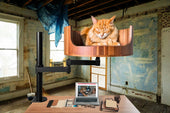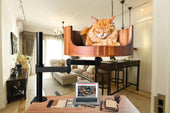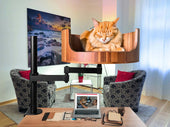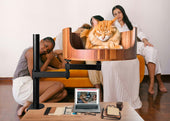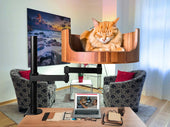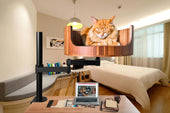
Cat ages in human years: Understanding the conversion
Share
Cat owners often wonder how old their furry friends are in human years. The idea that one cat year is equivalent to seven human years is a common misconception. In reality, the aging process of cats is more complex and can vary depending on factors such as breed and size. Understanding the conversion of cat years to human years can help owners better care for their pets as they age.
In this article, we will delve into the aging process of cats and provide a comprehensive guide on how to convert cat ages into human years. We will explore the different life stages of a cat, from kittenhood to senior years, and discuss the physiological changes that occur as they age. By gaining a better understanding of how cat aging works, owners can be better equipped to provide their feline companions with the care and attention they need at each life stage. Stay tuned to learn more about the fascinating world of cat ages in human years.
1. Understanding the age of your cat in human years can help you provide appropriate care and attention at different life stages.
2. The common belief that one cat year is equal to seven human years is inaccurate and oversimplified.
3. Cats age rapidly in their early years, with significant growth and development occurring in the first 2 years of life.
4. After the age of 2, the aging process slows down, with each subsequent year of a cat's life equating to about 4 human years.
5. Regular visits to the vet, proper nutrition, and mental stimulation are crucial for keeping your cat healthy and happy as they age.
## Factors affecting cat aging
There are several factors that can affect the aging process in cats compared to humans. One major factor is breed - different breeds of cats can age at different rates. Another factor is size - smaller cats tend to live longer than larger cats. Additionally, genetics, diet, and overall health can all play a role in how quickly a cat ages in human years.
## Understanding the conversion
It is commonly believed that one cat year is equivalent to seven human years. However, this conversion is not entirely accurate. In reality, the first year of a cat's life is roughly equivalent to 15 human years, the second year is around 24 human years, and after that, each cat year is equivalent to about four human years. Therefore, a 10-year-old cat would be roughly equivalent to a 53-year-old human.
## Behavioral changes as cats age
As cats age, they may begin to exhibit changes in behavior that are similar to those seen in elderly humans. This can include decreased activity levels, changes in eating habits, increased vocalization, and possible litter box issues. It is important for cat owners to be aware of these changes and to provide appropriate care and support for their aging feline companions.
## Tips for caring for a senior cat
Caring for a senior cat requires special attention and consideration. This can include regular veterinary check-ups, a nutritious diet tailored to their age and health needs, comfortable sleeping and resting areas, and regular mental and physical stimulation. Additionally, senior cats may require special grooming and dental care to maintain their overall health and well-being. It is important for cat owners to be proactive in addressing the changing needs of their aging pets to ensure a happy and healthy life for their feline friends.
## Desk Cat Nest FAQ
### How do I determine my cat's age in human years?
To determine your cat's age in human years, you can use a general guideline that one cat year is roughly equivalent to 7 human years. However, this can vary depending on factors such as breed and size.
### How can a Desk Cat Nest benefit my cat as it ages?
A Desk Cat Nest provides a comfortable and safe space for your cat to relax and nap. As cats age, they may appreciate having a designated spot where they can rest peacefully without being disturbed.
### Is a Desk Cat Nest suitable for cats of all ages?
Yes, a Desk Cat Nest is suitable for cats of all ages. Kittens, adult cats, and senior cats can all enjoy the comfort and security of a Desk Cat Nest.
### How do I clean and maintain a Desk Cat Nest?
To clean a Desk Cat Nest, simply remove any bedding or cushions and wash them according to the care instructions. Wipe down the nest itself with a damp cloth and allow it to air dry before reassembling.
### Can a Desk Cat Nest help with my cat's mobility issues as it ages?
A Desk Cat Nest can provide a soft and supportive surface for cats with mobility issues to rest on. Positioning the nest in an easily accessible location can also help older cats navigate their environment more comfortably.
In conclusion, incorporating a Desk Cat Bed into your cat's daily routine can greatly benefit their overall health and longevity, especially when considering their age in human years. This specialized bed provides the perfect resting place for your feline friend, offering support and comfort that can help alleviate joint pain and stiffness commonly associated with older cats. By giving your cat a designated space to relax and sleep comfortably, you can help them maintain their physical and mental well-being as they age. Investing in a Desk Cat Bed is a valuable choice that can contribute to a happier and healthier life for your beloved pet.
